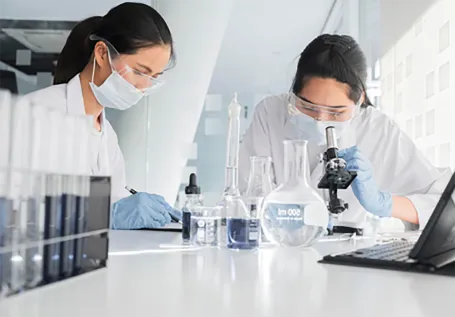The Role of Chemical Additives in Plastics
Plastics are an integral part of modern life, finding applications in countless industries ranging from packaging to automotive manufacturing, and even in medical supplies. While the base polymer provides the fundamental structure of these materials, it is the chemical additives that enhance their functionality, performance, and durability. This article explores the various types of chemical additives used in plastics, their purposes, and the implications they have on health and the environment.
Chemical additives in plastics can be classified into several categories, each serving a specific purpose. The most common categories include plasticizers, stabilizers, fillers, colorants, flame retardants, and antioxidants.
Plasticizers are substances added to plastics to increase flexibility, workability, and plasticity. Polyvinyl chloride (PVC) is one of the most commonly used plastics that requires plasticizers to maintain its usability. Without such additives, PVC would be a rigid, brittle material unsuitable for many applications. However, the use of plasticizers, particularly phthalates, has raised health concerns due to their potential endocrine-disrupting effects. As awareness of these risks grows, there is a push towards developing safer alternatives.
The Role of Chemical Additives in Plastics
Fillers are added to plastics to reduce production costs, improve physical properties, and modify appearance. Common fillers include talc, calcium carbonate, and glass fibers, which enhance the mechanical strength and rigidity of the material. While fillers can improve product performance, they may also lead to a decrease in the recyclability of plastics if not managed properly.
chemical additives in plastics

Colorants are used to impart specific hues to plastic products, leading to enhanced aesthetic appeal and brand differentiation. Dyes and pigments can exhibit various properties, including UV resistance and thermal stability. However, there are concerns regarding the safety of certain colorants, particularly those derived from heavy metals, prompting stricter regulations and the need for safer options in formulations.
Flame retardants play a critical role in the safety of plastic products. They are essential in applications where combustion risks are significant, such as in electronics and construction. However, many traditional flame retardants have been linked to environmental and health hazards, leading to scrutiny and a search for greener alternatives. Bio-based flame retardants derived from natural sources, such as plant extracts, are emerging as promising substitutes.
Finally, antioxidants protect plastics from oxidative degradation, which can occur during processing and throughout the product’s life cycle. By preventing the formation of free radicals, these additives can prolong the service life of plastic items. Like other additives, however, there is a need for careful selection to ensure the safety and environmental impact of antioxidant use.
Despite the benefits of chemical additives, there is growing concern about their impact on human health and the environment. The potential for leaching of harmful substances from plastic products—especially those used in food packaging—has led to calls for greater transparency and regulation in the industry. Consumers are becoming increasingly educated about the ingredients in the products they use, pushing manufacturers to prioritize safety and sustainability.
In response to these concerns, the industry is progressively moving towards bio-based additives derived from renewable resources. Research into biodegradable alternatives is ongoing, and many companies are developing formulations that minimize harmful impacts while still delivering the performance required in various applications.
In conclusion, chemical additives play a vital role in the functionality and performance of plastics. While they enhance product capabilities, it is essential to balance their benefits against potential health and environmental risks. Continued innovation and responsible formulation practices will be crucial in meeting consumer demands for safer, more sustainable plastic products. As the industry evolves, a focus on transparency and the adoption of greener alternatives will shape the future of plastic manufacturing, aligning it with global sustainability goals.

